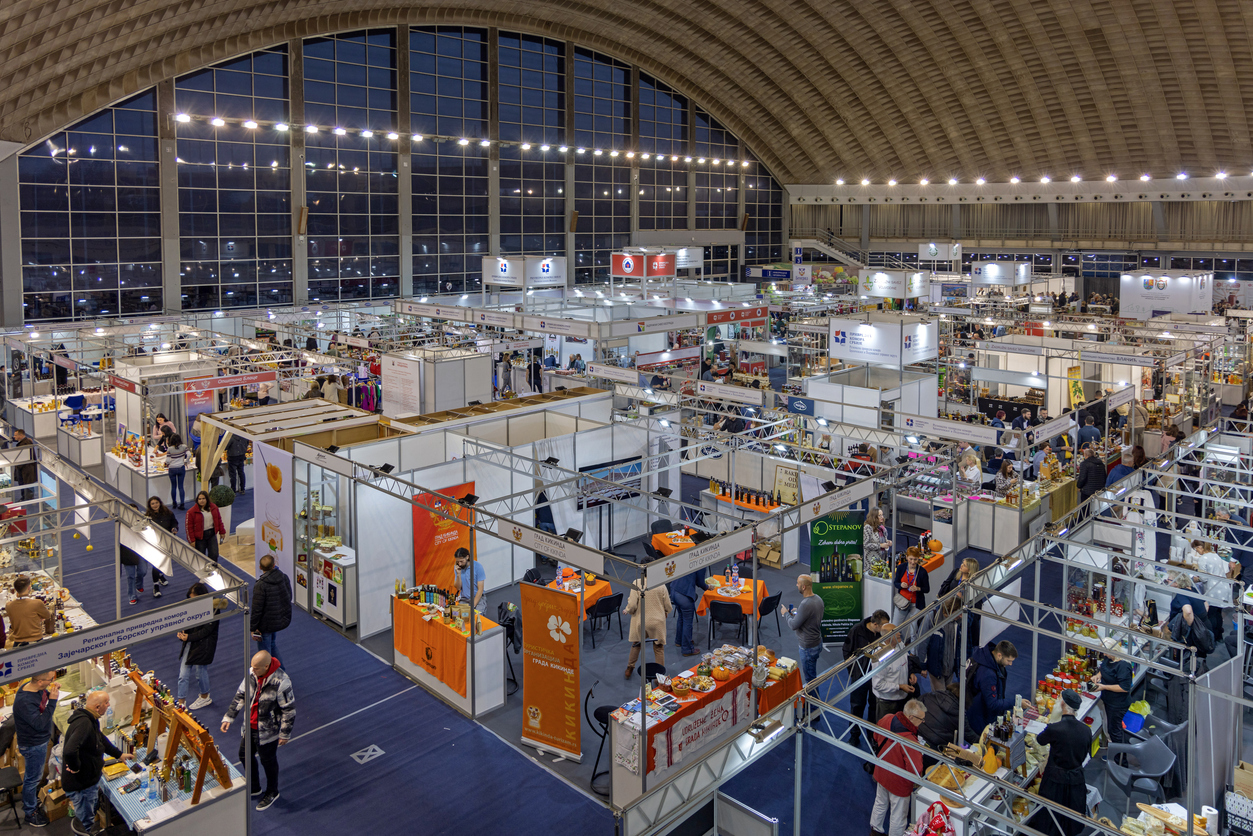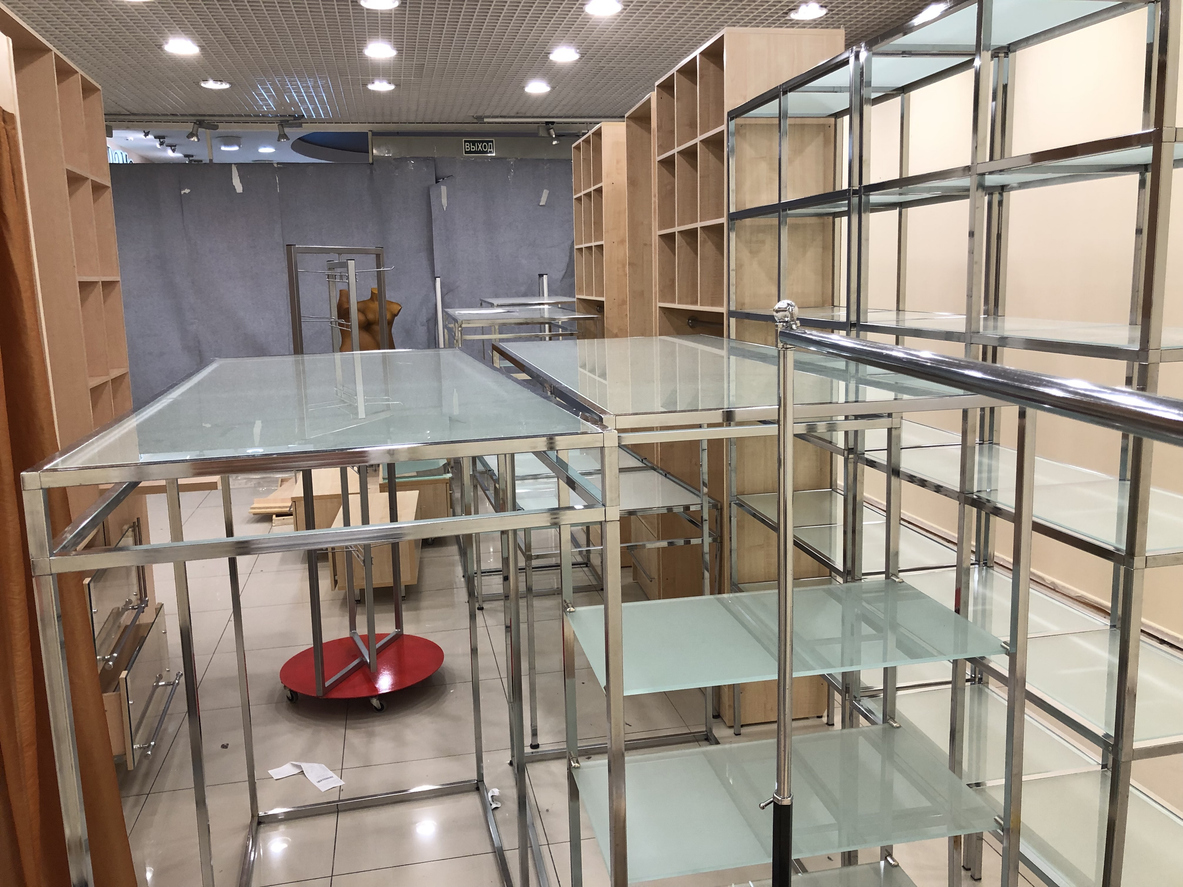How to Import Synthetic Filament Yarn Woven Fabric into Nigeria
How to Import Synthetic Filament Yarn Woven Fabric into Nigeria
Synthetic polyester has the ability to provide a variety of new colors, textures, and designs that can’t be found with natural fibers alone. It’s also an excellent way to have more sustainable fashion. With this, you are able to use synthetic fiber without compromising your values. One of our best sellers is the woven fabric that is imported from Vietnam. We’ve discovered that it’s actually possible for you to import this into Nigeria. Here are some tips on how to do it properly.
Importing Synthetic Filament Yarn Woven Fabric into Nigeria
First, find out which qualities are most important to you. Some people may want the fabric to be lightweight and breathable while others may want it to have a softer feel. It’s best to know what you’re looking for so you can purchase the right product.
Next, consider how much of that quality is needed in your project. If you’re looking for a lightweight fabric with a soft touch, it’s best to buy a small amount because this will be used just on the outside of your garment. If you’re looking for an inexpensive option with more durability, then purchasing a larger amount is better.
Once you know these variables, start researching and finding companies that sell these types of fabrics online or at local stores. Keep in mind that some stores may charge more than others and call themselves “artisanal.” But if you do your research ahead of time, it’ll save yourself from overpaying for something that won’t work for your project.
What You Need to Consider
Before Importation
The process of importing is not easy. There are a lot of things that you need to consider before making the decision. For starters, you need to know what your business is going to use this fabric for. This will help you figure out which type of fabric and machinery you’ll need for the manufacturing process.
There are also some other factors listed below that might be important for your business as well:
1) Cost – You will have to calculate the cost of everything involved in the purchase, including shipping and customs fees.
2) Time – The time it takes before your product arrives at the buyer’s door depends on what port in which it’s being shipped from. If you’re importing from China or Vietnam, it can take up to four weeks before they arrive at your door. That’s why we recommend doing most of your packaging and shipping in advance so that your product can be ready when customers want it.
3) Quality – It’s also important to know how good or bad the quality will be and whether or not a certain country has restrictions on synthetic fiber imports (if it does, then you’ll have to avoid it).
Tips for Choosing the Right Company
Synthetic polyester is a relatively new fabric. So, if you’re looking to start importing it, there are many companies that do not offer the quality of service you need. It’s important to make sure that you find the right company and they have all the experience necessary to deliver what your company needs.
When you’re searching for a company, it’s best to look for signs of experience and expertise in the field. If a company is in their infancy, this would be a red flag. They may also lack experience or expertise with international shipping and customs clearance for synthetic polyester fabrics. In this case, it would be better to choose another company that does have these specific experiences.
It is important that when considering available companies, you evaluate them holistically and make sure any potential weaknesses are addressed beforehand. A perfect example of this would be price terms; one may seem cheaper than another at first glance but actually cost more in the long run once other costs like storage fees or import duties are calculated into the consideration.
Making Sure Everything Is Properly Labeled
The first step to importing synthetic fabric is to fill out the appropriate paperwork for customs. This will ensure that your product will be granted entry into Nigeria. Next, you’ll need a commercial invoice or packing list. These documents can be found on the website of the manufacturer and help ensure that your product is properly labeled.
Once these have been filled out, you’ll need to hire someone who has experience in international trade as they will need to help you through customs and make sure everything goes smoothly. You’ll also have to find a freight forwarder before you can move forward with your importation process.
Finally, once everything is set up and ready, you’ll get a release letter from the manufacturer of your fabric that allows you to bring it in without having additional fees charged. Once this is received, all you have left to do is wait for your shipment to arrive!
Conclusion
In this piece, we will explore the benefits of importing synthetic fabrics from Vietnam.







LEAVE A COMMENT
You must be logged in to post a comment.